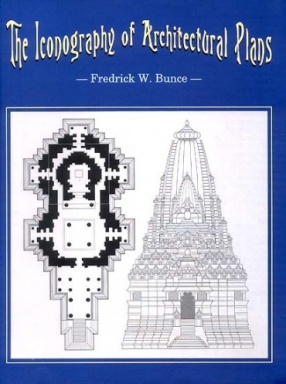
Fredrick W. Bunce

Showing all 18 books

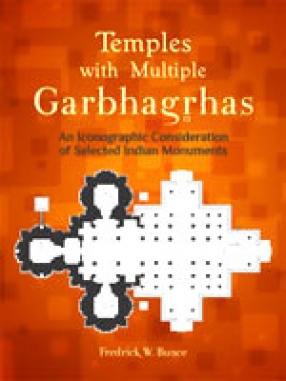
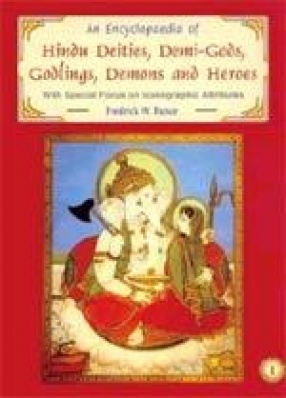
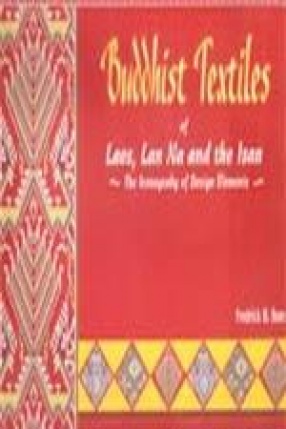
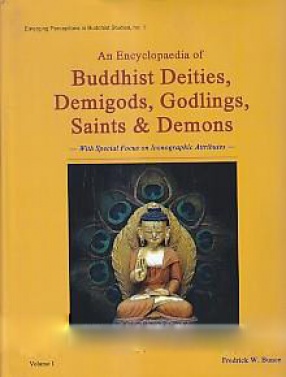
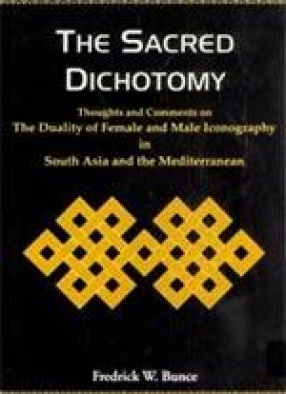

Over the rolling centuries, Buddhism and Hinduism, two of the world's oldest sustained faiths, came to evolve a complex, yet precisely defining, iconic language: not just for figural representations, but for the architectural plans of their temples and monuments as well - a language that allows interpretations of geometric proportions. Here is the first ever effort to brilliantly unravel the iconic idiom involved in the architectural plans of Buddhist and Hindu ...
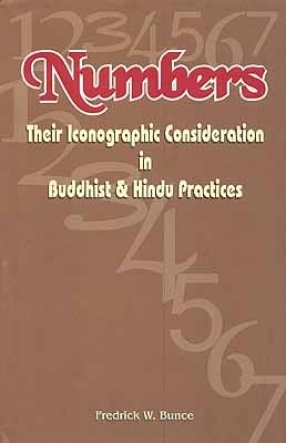
In his effort to find an explanation for the unknown, the mysterious around him, the ancient man saw in "numbers", among other things, a high significance. And frequently used them to explain the ineffable or even predict through "numerology". Astrology became a parallel, interwoven science which, like numerology, was used to predict the future and also to determine propitious times for venturing upon an important activity: be it the naming ...

In “top-of-the-mind” reading, crosses are the iconographic representation of Christianity, though cross became an embodiment of Christian iconography only after the fifth century ce. In this volume, the author unveils the existence of 500 plus crosses, of which around 300 are of ecclesiastical, heraldic or mundane crosses. Most of these cruciforms were introduced before the twentieth century.
Cruciform was antecedent of Christianity. There were ...

Hindu temples are raised to their deities. They are a means to acknowledge the deity and to enshrine his/her images. People honour and worship the deity. Within the Hindu pantheon, there is an array of divinities spread over three major sects — Vaisnava, Saiva and Sakta. All these sects have stemmed from the Vedic teachings and beliefs. Normally a temple is devoted to a single diety, having a solitary sanctum (garbhagrha), called ekakuta. In this volume, ...
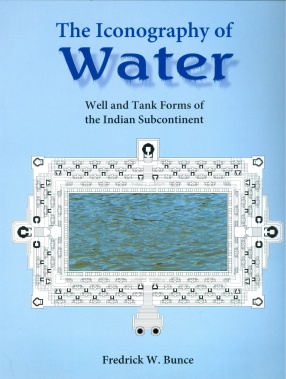
While numerous Indian monuments are well known in the annals of architectural research and excavation, a category of monuments – baoli, bawadi, kere, kulam, kunda, talao, tanka, wav and zing – was neglected in the oeuvres of architects and art. A few are familiar with the splendid beauty of the Surya Tank, Modhera; the vertiginous Canda Baoli, Abhaneri; the incomparable Rani-ki Wav, Patan; the magnificent Kalyani Tank, Hulikere; and the beautiful ...

The Hindu pantheon is a bewildering profusion: a mix of deities, demons, and heroes, which perplexes not only the neophytes, but even the best of scholarly minds. Yet, despite the multitude of its divinities, Hinduism isn't a polytheistic religion. Worshipped over countless generations in innumerable homes and temples, these deities are, in affect, likened to "the many facets of a single crystal" - concretizing, as they do, the basic Hindu world view of ...
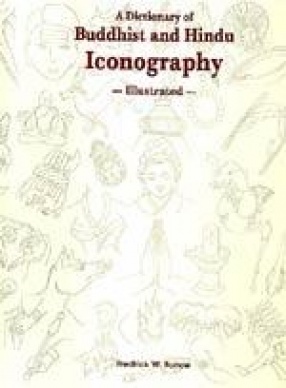
Man has, from times immemorial, exhibited a striking predilection for symbols. Which, through written words, drawings, sculptures or other visual/iconographic representations, seem to have shaped much of mankind’s culture. From the simplest, yet eloquent, drawings on the walls of the prehistoric caves, through the sophistication of Egyptian imagery, the sculptural embroidered wealth of a Khajuraho, or the convoluted elegance of a Mannerist ...

Hinduism is known for the bewildering profusion of its deities, who are represented not only in two or three dimensional anthropomorphic images, but also in abstract configurations, known as yantras. In yantras is, thus, seen almost a parallel with the surfeit of deities in Hindu tradition. Literally meaning an ‘instrument’, ‘apparatus’ or a ...
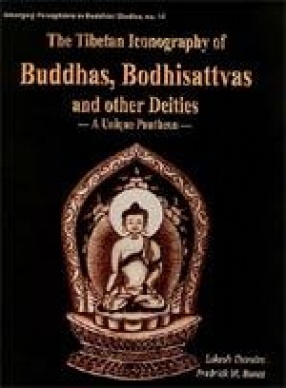
Beginning with a few aniconic symbols, like footprints, the Bo tree or stupas, in the pre-christian Indian art, Buddhism, over the centuries, came to evolve a bewildering array of deities - in ever-increasing number of pantheons. Interestingly, in Buddhism today, there are perhaps as many pantheons as there are countries, or internal regions or sects within them. Chou Fo P'u-sa sheng Hsiang Tsan, in focus here, is one of these many Buddhist pantheons and ...

Textiles from Laos, Lan Na and the Isan are prized for their artistic brilliance and aesthetic beauty. They speak volumes on a weaving tradition that has evolved through centuries and shaped the socio-cultural life of the people associated with it. This book studies the iconography of the design elements typically employed by crafts persons of textiles from these areas: it deals with their art of weaving, various textile forms to be found in the region and the ...
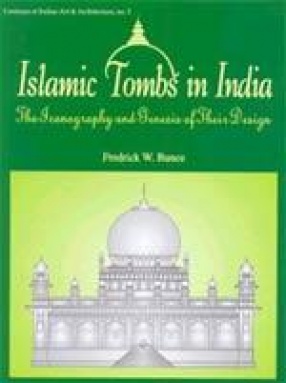
The work by an Indological scholar who has studied different architectural traditions of the world covers the architecture and iconography of some 36 Islamic tombs in India spanning a period of over 500 years from c. AD 1230 to 1754. It begins with a brief historical background to the Islamic rule in northern India and a discussion on burial practices and tomb types of the time to further understanding of the underlying concept of construction and functions of ...

Beginning with a few aniconic symbols, like foot prints, a throne, the Bo tree or stupas, in the prechristian Indian art, Buddhism came to evolve a variety of picturesque representations of a Self-Existent, Superimmanent Principle: in myriad forms and emanations that range from the superbly magnificent to sheerly grotesque. Endowed with diverse iconographic attributes, Buddhist deities/saints/demons have grown, over the rolling centuries, into bewildering ...
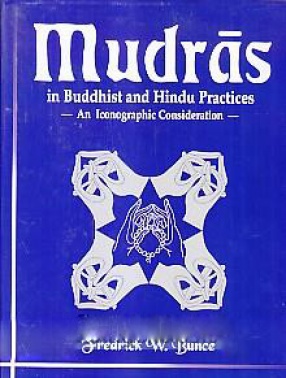
Mudras occupy an important place in Buddhist and Hindu religious practices as these signify special meanings, associated with specific divinities and rites, which cannot be represented nay other way. This book is a dictionary of mudras deity-centred, rite-centred, yogic-centred, and so on illustrating each with a simple drawing drawn generally from the perspective of one holding the mudra. It contains detailed notes that give numerous references to literary and ...
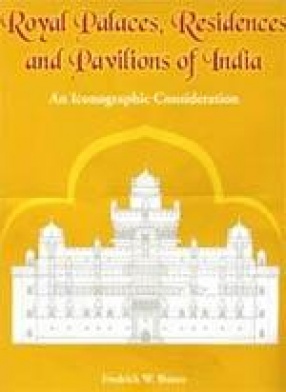
The book brings out the outstanding features of the palaces, pavilions and residences of the ruling class in medieval India-from the 13th to the 18th century. The focus on structures that represent a group on religious and ethnic lines, i.e. Hindu/Islamic rulers, Indo-European Hindu or Dravidian Hindu or Afghani or Turk or Iranian rulers, and structures characteristic of particular periods and locales. Presenting some 31 famous buildings including the City Palace ...

With numerous illustrations, this work examines the dichotomy of the male and female principles in South Asian and Mediterranean religious and cultural tradition: Hindu (Sanskritic), Buddhist, Greek, Latin and western mystical traditions. It is a comparative study that explores the roots and nature of the dichotomy of the sexes in these traditions by delving into the sacred in terms of myth, concept, imagery and symbols. With extensive notes, it presents drawings ...
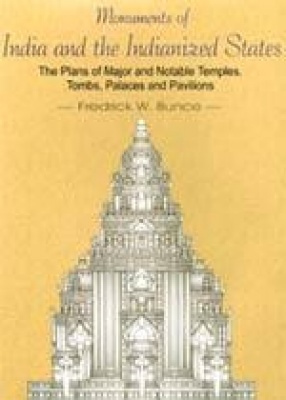
This volume presents the plans of temples, tombs, palaces and pavilions found in the Indian subcontinent and the Indianized states of Java, the Khmer, Pagan, Thailand, Vietnam and Malaysia. They contain detailed diagrams of plans of over 380 structures along with a brief note on each plan that covers the various segments/sections of each monument. The plans are precise and are presented along with their elevations which are proportional, i.e., depict major ...
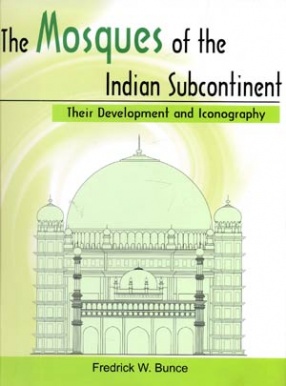
The spread of Islam in India produced some of the most spectacular monuments, the mosques stand as testimony to the great architectural skill and expertise of the Indian subcontinent through centuries and constitute one of the most important aspects of the rich architectural cultural of the region. This volume showcases some 54 important mosques spread across the Indian subcontinent-from Lahore in modern Pakistan to Gaur in modern West Bengal and from Delhi ...
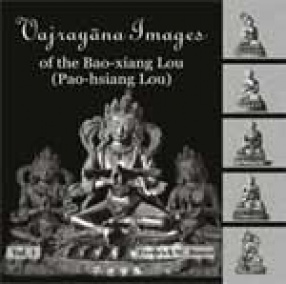
The three volumes contain an iconographic analysis and compilation of the over 760 images from the six chapels of the Pao-hsiang Lou (Bao-xiang Lou) in the garden of the Tzu-ning Kung (Palace of Kindness and Tranquillity) in the Forbidden City, Beijing. The pavilion Pao-hsiang Lou, a two-storied simple structure with seven chapels on each floor, holds hundreds of Tibetan Buddhist images of remarkable quality. The volumes present the entire set of images, each ...
